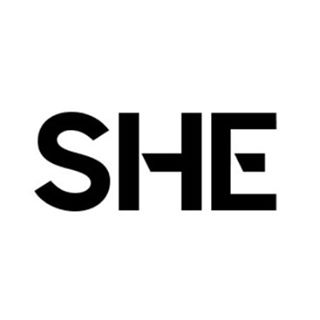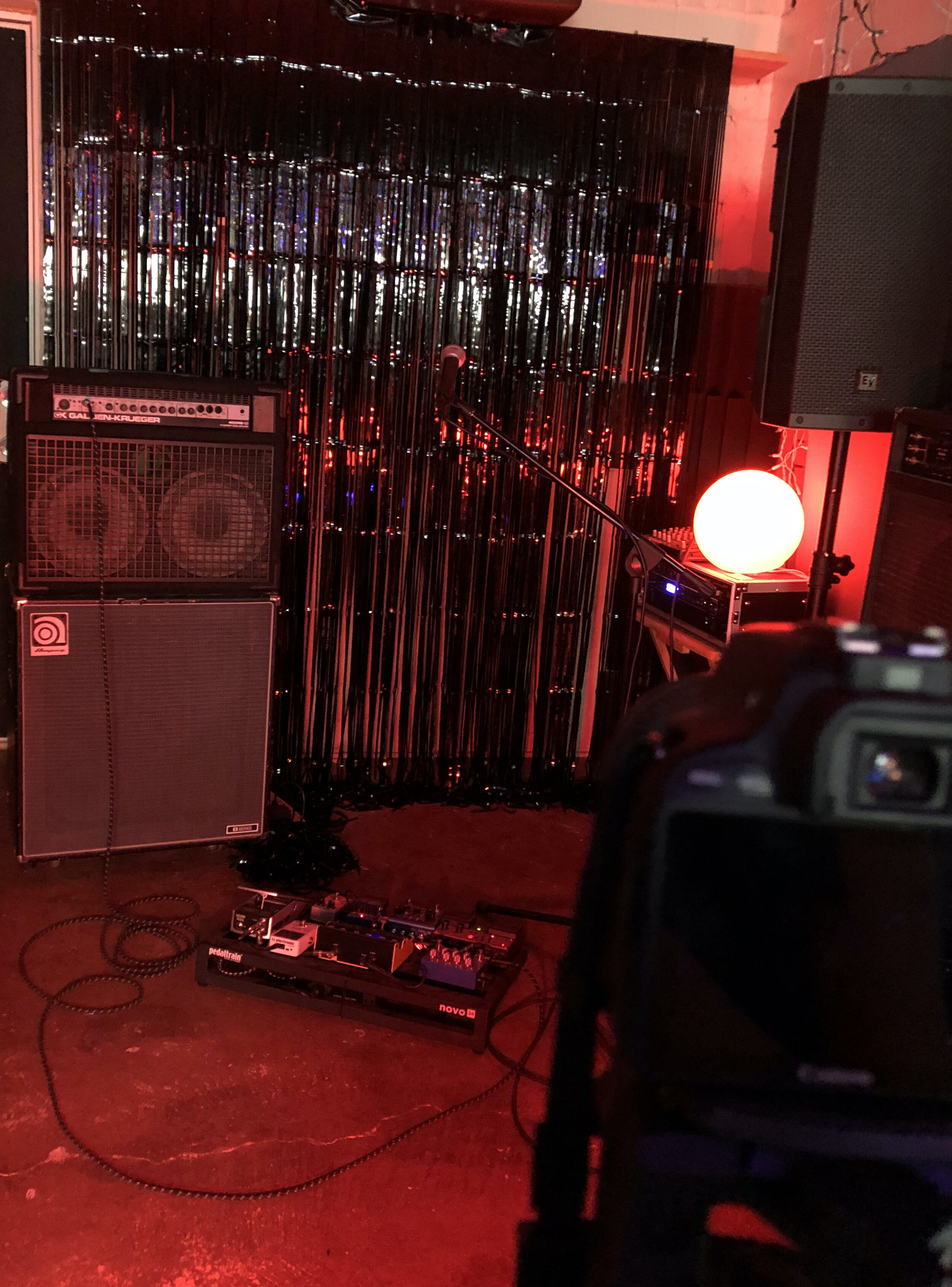July 2021: Melissa Guion - Week 1
Melissa Guion is a musician, graphic designer, radio DJ, and multidisciplinary artist from New Orleans, LA. She makes music under the moniker MJ Guider, performing nationally and internationally, and releasing music on Kranky, Constellation Tatsu, and most recently modemain - an imprint she launched to serve as a conduit for future collaboration and collective contribution as well as her own music releases through multimedia editions. She founded the experimental radio program Night Gallery on WTUL and produces visual work across a variety of mediums.
Hi! It’s lovely to be here. To start this residency off, I wanted to talk about not-a-current project, but one I just wrapped. Last week I was on the bill for a program in Experimental Sound Studio’s “Quarantine Concert” series. That’s kind of confusing because we’re not under quarantine and it wasn’t exactly a concert, but a night of new works on video, dubbed “An Auditory Revisualism” by its curator The Consortionist. For the show I made a short film for the song “Kyrie: The Stained Glass Windows in Their Original Order” off of my latest music release. Is it a short film or a music video for a long song? What, really, is the difference?
Kyrie: The Stained Glass Windows in Their Original Order (still)
Thinking about the implications of “short film” vs “music video” gets to the heart of something I think about a lot - especially lately - when it comes to the art world and how legitimacy is applied. This specific argument about where the music video lands on a spectrum where high-brow and avant-garde are on one end and low-brow and commercial work is on the other end is not an especially modern one. Music videos spawned and drew quite a few auteurs, and began to be seen as an art form capable of landing anywhere on the artistic value spectrum.
I’ve personally held the music video on a high pedestal since I was a kid. I can remember the first one I ever saw (Genesis’ “I Can’t Dance” at my cousin’s house on some holiday visit) and the first one that mesmerized me, starting my obsession (Soundgarden’s “Black Hole Sun” at a neighbor’s house, where her older sister was watching MTV while I immediately lost interest in whatever it was we were doing). I’ve since spent a lot of time immersed in what has long felt to me like an ideal medium for someone with my specific desire to do a bunch of different kinds of things at once.
FM Secure (stills)
Last summer I made a video that, on the surface, was a wry subversion of a number of music video tropes. But at the heart of it was a satirical love letter to the format. The palette was stocked with gold standards: bentwood chairs, shiny beautiful bodies dancing really hard, and pure absurdity. The process started with my setting up a tripod at home, putting on a pair of heels, and filming myself miming moves from videos by my predecessors, from Janet Jackson to the lip-syncing “singer” of Black Box. The resulting work was a facsimile projected onto gauze, and behind the curtain, in the photography studio of my friend and frequent collaborator Craig Mulcahy, I went about my life.
When I was contacted back in March with an invitation to participate in last week’s Experimental Sound Studio show, I had already been planning a cassette release for Temporary Requiem and was happy to have a reason to put together a video. What made it especially exciting was that it’s the music I wrote to accompany “Known Mass No. 3: St. Maurice” - a work of devised dance theater created by longtime friend / dance maker Ann Glaviano, that we’d staged as a workshop in 2018 and a full production in 2019. The video would be another chapter in the life of a project I think is worthy of longevity.
Kyrie: The Stained Glass Windows in Their Original Order with Guion (left) and Glaviano (right)
The challenge for this video was to bring the feeling of being in a performance of the live show to film, and to play off of its established visual language in a way that compliments the format. That mission was greatly helped by having collaborators from Known Mass involved. I filmed Ann doing the song’s title score, modified for the format in part by her applying a timing structure to her gestures that would allow me to make a visual framework for the score’s repetition in the editing process. Catherine Nelson, dancer and visual artist (and Southern Heat Exchange co-leader) also filmed herself performing a drawing and “wicking” score with ink and water on a projector surface, which anchored the video’s third act and was essential to connecting threads in the story.
These scores, along with edits of pre-existing footage of us performing in 2019, additional filmed and photographed elements I shot and gathered over the course of a few weeks, and another self-filmed performance of my own rounded out the material that went into the final edit. I think, if I can be so bold, the video succeeds. And my collaborators Ann and Catherine were happy with how their performances were represented and helped tell the story - a crucial litmus test.
Guion’s studio setup for Kyrie footage
Nelson’s drawing and wicking score (still)
Kyrie: The Stained Glass Windows in Their Original Order (still)
Circling back to my current thinking around music videos and how they’ve been an interesting lens through which to view making art in general. Like the ones I’ve made, the music video can be a thoroughly DIY endeavor, it can be as collaborative or as solitary as you want it to be, it can be made without having a bunch of money or deep expertise, it’s not going to make you rich and famous - something that was actually possible not too long ago - but is as worth doing as ever. The music video feels like an ideal expression for now, when we don’t especially need them, but we do need scrappy weird projects, freedom of format, interesting ways to collaborate, and maybe even to fill our little screens with good ways to engage with art.






